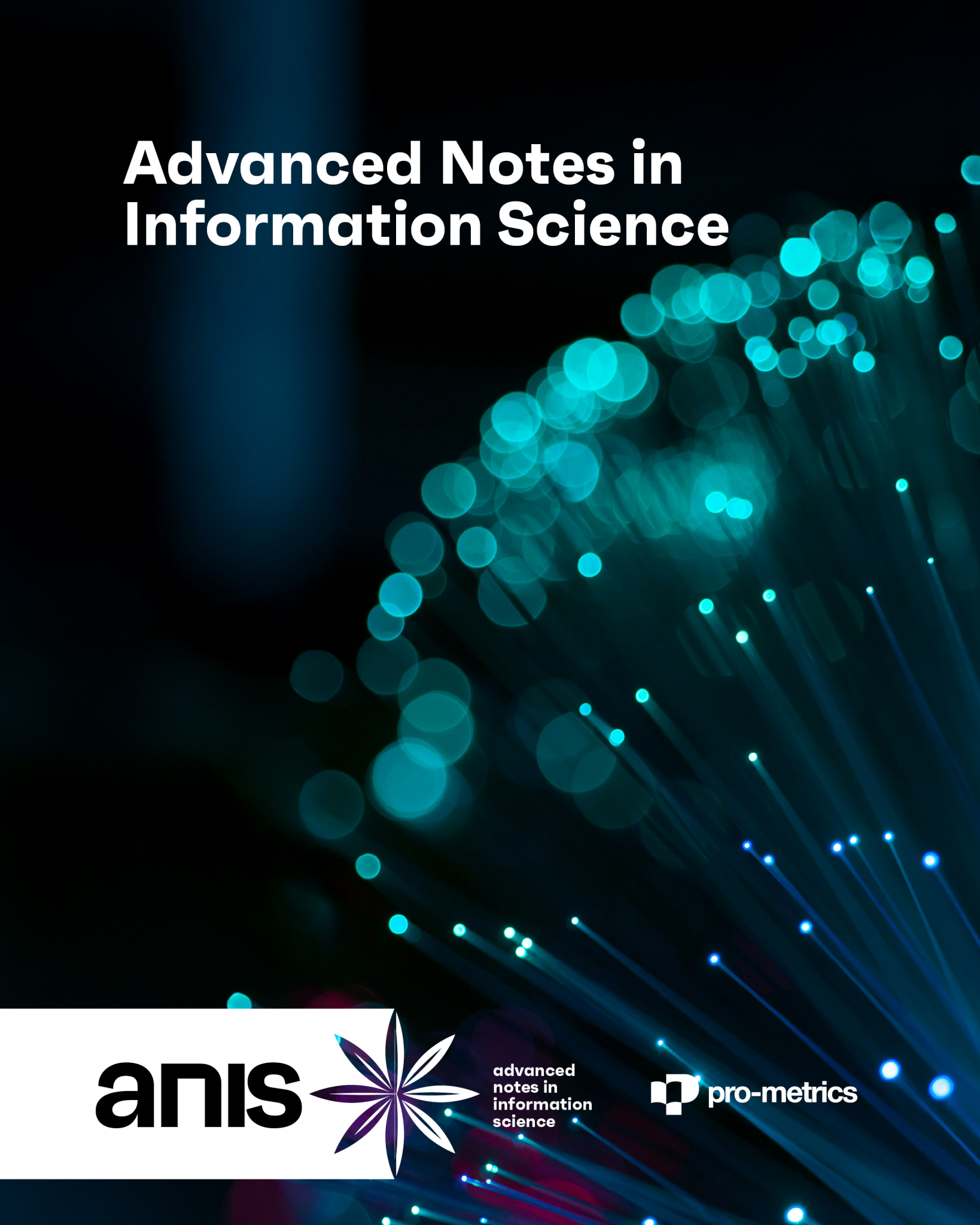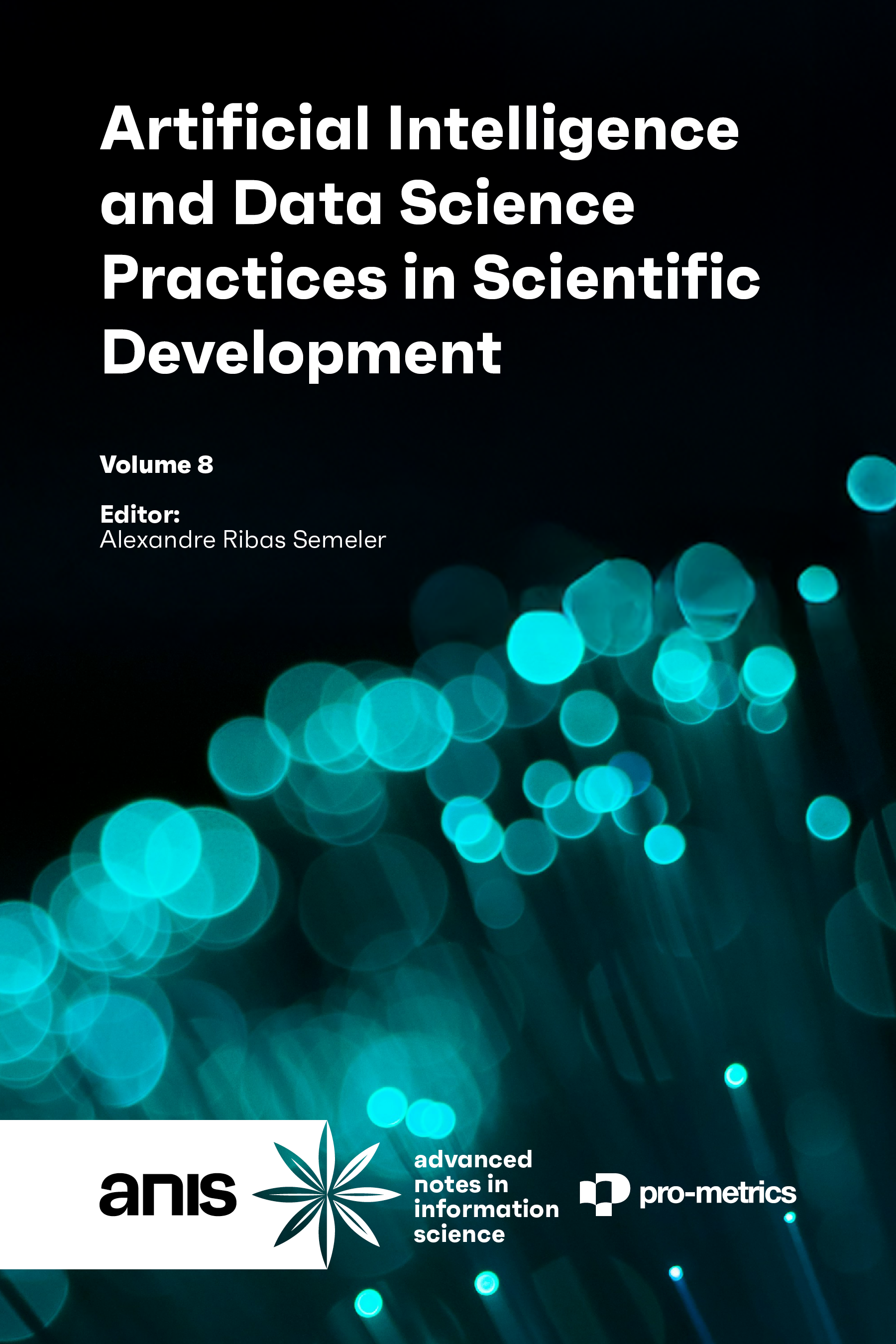Art, technology, and creative processes: A new paradigm for artistic production
DOI:
https://doi.org/10.47909/978-9916-9331-4-5.52Keywords:
assisted creation, computational mannerism, aesthetics of artificial intelligence, biological pathway in creative process, neuroimagesAbstract
This study explored the evolving relationship between contemporary art, artificial intelligence (AI), and neuroscience, challenging the anthropocentric notion of artistic creation as uniquely human. The research question to be analyzed was as follows: “How are algorithms reshaping the artist and creativity in the 21st century?” To address this question, the integration of concepts from art theory, neuroscience, and AI was considered. This examination explored the manner in which neuroimaging technologies and biometric algorithms were reshaping our understanding of creativity. The study examined the impact of scientific progress on artistic expression across different eras, ranging from the advent of psychoanalysis to the emergence of computer technologies. It demonstrated how neuroscience was facilitating our understanding of the brain processes underlying creativity, including the neurotransmitters and cortical regions implicated in artistic processes. Empirical analyses were supported by neuroimaging studies that established a correlation between brain activity and aesthetic experiences, as well as algorithmic simulations that simulated artistic cognition. Recent findings indicated an increasing role for AI in artistic production, with the technology emulating the brain’s creative processes. The neurotransmitters dopamine and oxytocin were demonstrated to influence artistic motivation and pleasure. Furthermore, neuroimaging studies showed that creative activities resulted in the activation of regions such as the limbic system and the prefrontal cortex. The extension of these processes enabled algorithmic models to generate artworks that defied conventional art definitions. The investigation introduced computational mannerism, a concept in which digital interfaces and machine learning expanded artistic potential by reflecting human cognitive patterns in real-time iterations. This suggested a fusion of human intuition and machine logic, thereby challenging the exclusivity of human creativity. This integration of neuroimaging data into algorithmic systems represented a paradigm shift, giving rise to a range of ethical and philosophical questions concerning authorship, creativity, and the artist’s role in the digital age. As AI progresses, it became imperative to develop novel theoretical frameworks to comprehend its cultural and metaphysical influence on artistic expression.
Downloads
References
Boden, M. (2007). Creativity: How does it work? University of Sussex.
Boden, M. A. (2010). Creativity and art: Three roads to surprise. Oxford University Press.
Farahany, N. A. (2023). The battle for your brain: Defending your right to think freely in the age of neurotechnology. St. Martin’s Press.
Floridi, L. (2014). The fourth revolution: How the infosphere is reshaping human reality (Kindle ed.).
Friedberg, A., Pasquini, L., Diggs, R., Diggs, R., Glaubitz, E. A., Lopez, L., Illán-Gala, I., Iaccarino, L., La Joie, R., Mundada, N., Knudtson, M., Neylan, K., Brown, J., Allen, I. E., Rankin, K. P., Bonham, L.W., Yokoyama, J. S., Ramos, E. M., Geschwind, D. H. … Miller B. L. (2023). Prevalence, timing, and network localization of emergent visual creativity in frontotemporal dementia. JAMA Neurology, 80(4), 377–387. https://doi.org/10.1001/jamaneurol.2023.0001
Kristeva, J. (1982). Powers of horror: An essay on abjection. Columbia University Press.
LeDoux, J. (2015). Anxious: Using the brain to understand and treat fear and anxiety (Kindle ed.). Penguin.
Lieberman, D. Z., & Long, M. E. (2018). The molecule of more: How a single chemical in your brain drives love, sex, and creativity—and will determine the fate of humanity (Kindle ed.).
Manovich, L. (2001). The language of new media. MIT Press.
Manovich, L., & Arielli, E. (2021). Artificial aesthetics: A critical guide to AI, media and design. Self-published.
Marr, D. (1982). Vision: A computational investigation into the human representation and processing of visual information. MIT Press.
Onians, J. (2007). Neuroarthistory: From Aristotle and Pliny to Baxandall and Zeki. Yale University Press.
Paul, C. (2015). Digital art (3rd ed.). Thames & Hudson.
Semeler, A., Pinto, A., Koltay, T., Dias, T., Oliveira, A., González, J., & Rozados, H. B. F. (2024). Algorithmic literacy: Generative artificial intelligence technologies for data librarians. EAI Endorsed Transactions on Scalable Information Systems, 11(2). https://doi.org/10.4108/eetsis.4067
Siegel, A., & Sapru, H. N. (2019). Essential neuroscience. Wolters Kluwer.
Simondon, G. (2008). Dos lecciones sobre el hombre y el animal. Cebra.
Vartanian, O., Bristol, S., Adans, C., & Kaufman, J. C. (2013). Neuroscience of creativity. MIT Press.
Zeki, S. (1999). Inner vision: An exploration of art and the brain. Cambridge University Press.
Downloads
Published
How to Cite
Issue
Section
License
Copyright (c) 2025 Alberto Marinho Ribas Semeler, Alexandre Ribas Semeler

This work is licensed under a Creative Commons Attribution-NonCommercial 4.0 International License.
This is an open access article distributed under the terms of the Creative Commons Attribution-NonCommercial 4.0 International License (CC BY-NC 4.0) which permits copying and redistributing the material in any medium or format, adapting, transforming and building upon the material as long as the license terms are followed.


